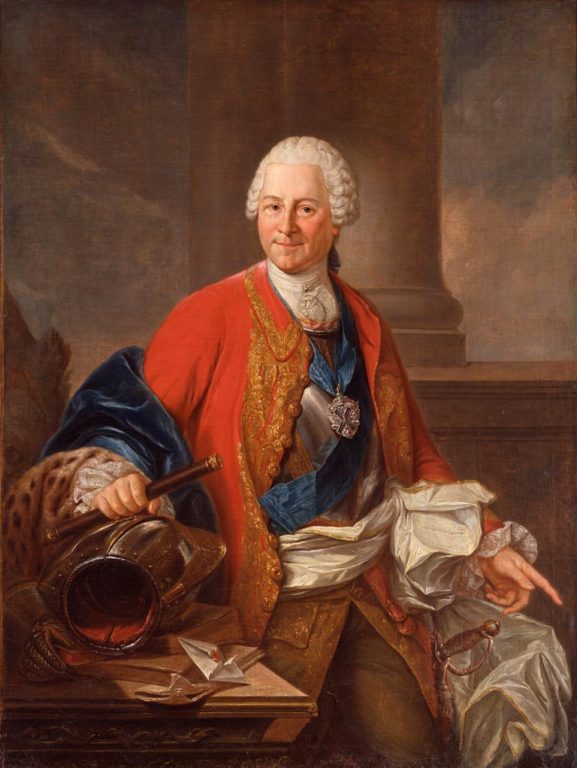|
Gottlob Harrer
Johann Gottlob Harrer, more commonly known as Gottlob Harrer, (8 May 1703 – 9 July 1755) was a German composer and choir leader. From 1731-1750 he worked as private musician to Count Heinrich von Brühl. In 1750 he succeeded Johann Sebastian Bach as Thomaskantor at the St. Thomas School, Leipzig; a post he maintained until his death in 1755. Life Johann Gottlob Harrer was born in Görlitz on May 8, 1703. He originally intended to become a lawyer, and studied the law at the University of Leipzig from 1722-1725. Through the patronage of Count Heinrich von Brühl, he trained as a musician in Italy. Upon completing his education he returned to Germany where he served the count as his private musician in Dresden from 1731-1750. Following the death of Johann Sebastian Bach in 1750, Harrer became his successor as Thomaskantor at the St. Thomas School, Leipzig. He still held the post when he died in Karlovy Vary, Carlsbad in July 1755, but deputies had had to fulfill his duties on oc ... [...More Info...] [...Related Items...] OR: [Wikipedia] [Google] [Baidu] |
Heinrich Von Brühl
Heinrich, count von Brühl ( pl, Henryk Brühl, 13 August 170028 October 1763), was a Polish-Saxon statesman at the court of Saxony and the Polish–Lithuanian Commonwealth and a member of the powerful German von Brühl family. The incumbency of this ambitious politician coincided with the decline of both states. Brühl was a skillful diplomat and cunning strategist, who managed to attain control over of Saxony and Poland, partly by controlling its king, Augustus III, who ultimately could only be accessed through Brühl himself. Polish historian and writer Józef Ignacy Kraszewski wrote a novel under the title ''Count Brühl'', in which he described Heinrich as an oppressive and stubborn dictator, who, with greed, but also great determination, unsuccessfully attempted to gain control of the entire nation. It is widely believed that Brühl had Europe's largest collection of watches and military vests; attributed to him was also a vast collection of ceremonial wigs, hats and the l ... [...More Info...] [...Related Items...] OR: [Wikipedia] [Google] [Baidu] |
